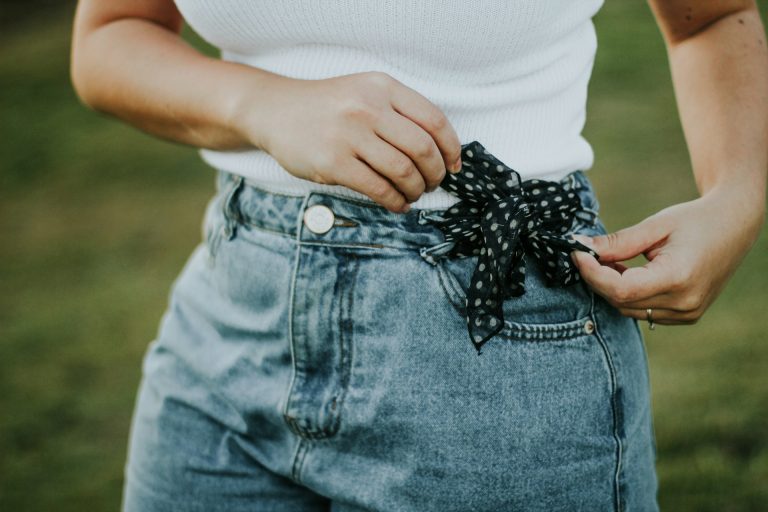How to Train Your Dog to Be Kid-Friendly

Having a dog that’s good with kids is crucial if you have youngsters at home or plan on expanding your family. However, some dogs might find it hard to get along with humans. Ensuring your dog and kids share safety, comfort, and joy can require some training.
A dog owner should be patient, gentle, and protective during this process. Use positive reinforcement to teach the dog what good behaviour looks like. Here’s how to train your dog to be kid-friendly.
Socialize Early
A dog’s habits are formed in its early weeks. If you have recently acquired a puppy 16 weeks or under, now’s the time to socialize it with kids and people, as it is still developing. This will prepare it to trust other people, including children.
Expose Your Dog in Short Bursts

Let your dog acclimate to socializing with kids by giving it short exposure windows. Bring your dog around kids for a few minutes, and then take a break. Always keep them on a leash during these first meetings and be cautious even if they are otherwise friendly.
You May Need to Start Small
If your dog is very apprehensive or anxious, you may need to desensitize and counter-condition it through simple, small steps. For example, you could expose your dog to kids in the park. It may take time for your dog to feel comfortable enough to approach.
Take Your Dog to the Local Park
Are you not sure what your dog’s attitude towards kids is? Could you take it to a local park and see how happy and comfortable it is around kids? Just keep it on a leash and avoid sudden exposure. Kids can easily be overwhelming and intimidating to a dog if they come in too hot, which can, in turn, cause your dog to react.
Feed Your Dog Near Kids
Reward your dog with treats or give them one of their routine dog food meals around kids. This associates positive emotions with children and teaches your dog to look forward to being around kids. Just be sure the child does not touch the dog while eating.
Use Positive Reinforcement
To train your dog to be kid-friendly, reward positive behaviour with positive reinforcement. Shower them with praise, attention, and healthy treats. When they don’t follow that pattern, guide them back without punishment, yelling, or aggression.
Teach The Child As Well
For a dog and a child to have a good relationship, the child must behave kindly towards the dog. In a sense, you train both the dog and the child. This is especially true if the child is a toddler or younger and has yet to be exposed to many dogs.
Oversee All Dog-Child Interactions
Even a well-trained dog should not be left unsupervised with a child. If your dog’s not feeling well or a child accidentally pulls his fur, you never know what a dog’s response may be. It is always a good idea to keep an adult in the room watching what is happening between a child and a dog to ensure a safe outcome.
Treats for Rough Handling
A kid may pull, poke, or squeeze when touching a dog. Get your dog used to it by starting with gentle touches before building up to more irritating touches, pairing each with a treat. This way, when an accidental poke or grab occurs, your dog will look to you for a reward instead of a growl or bite.
Never Force Your Dog to Approach
If your dog is afraid of kids or not in the mood to socialize, never force them to approach. Let interactions happen naturally. Avoid having your dog develop resentment towards a child. Instead, you want your dog to see an interaction with a child as fun and upbeat.
Establish ‘Do Not Disturb’ Times
A child should not disturb a dog in its crate, chewing a bone or chew toy, sleeping, or eating. Establish in the dog’s mind that it is safe during these times and can have privacy.
Remove Them From the Environment
Sometimes, a dog needs enough attention. Read their body language and vocal communication to better understand their temperament. If you suspect they lack patience at a given moment, escort them out and away from where they are to let them calm down. For outdoor spaces, an invisible dog fence can help to create a clear boundary, giving your dog space to decompress while staying safe.
Involve a Dog Trainer
While some hire a dog trainer or animal behaviourist, you don’t necessarily need to. If your dog’s being overly aggressive or you’ve tried everything and aren’t making progress, it may be time to seek a dog trainer’s advice.






